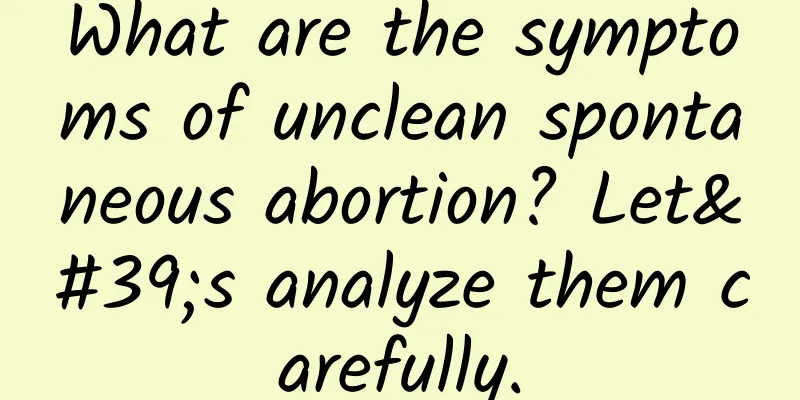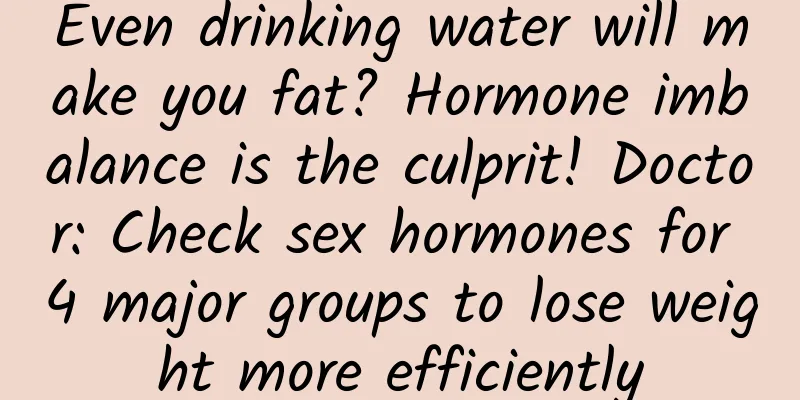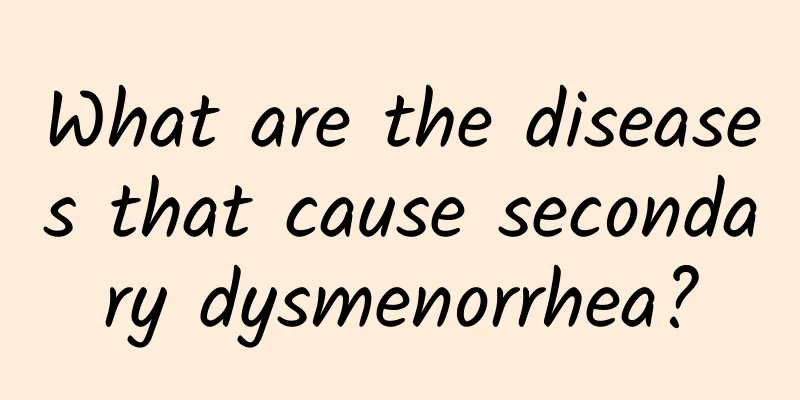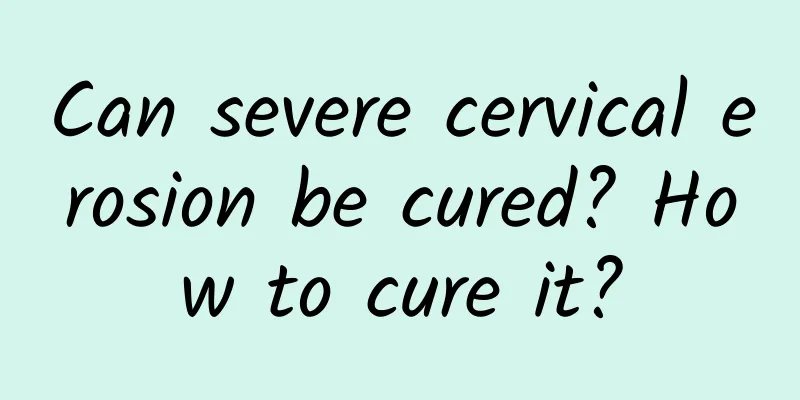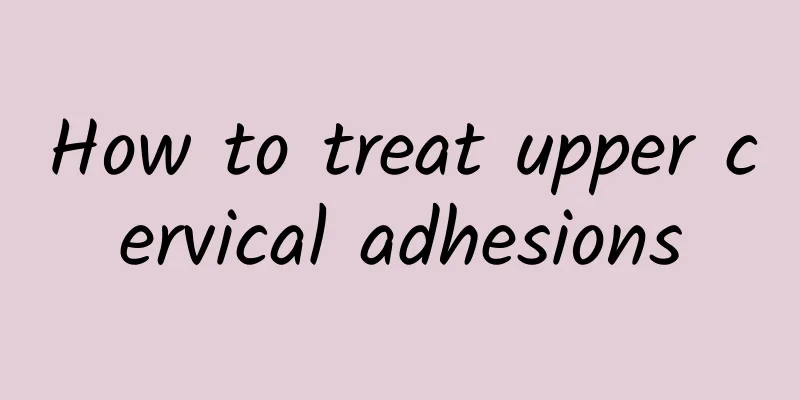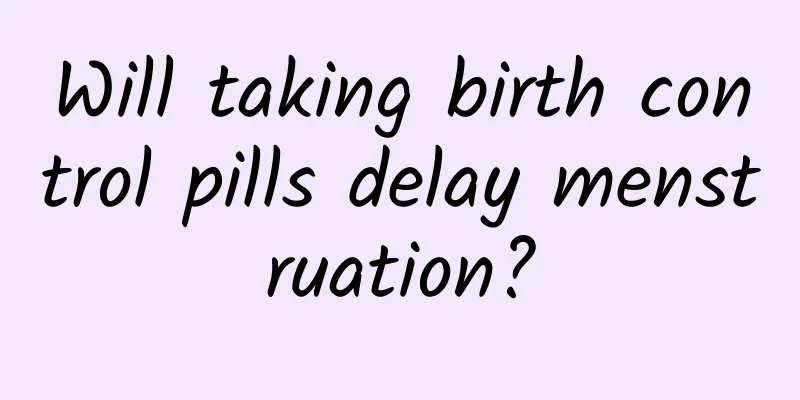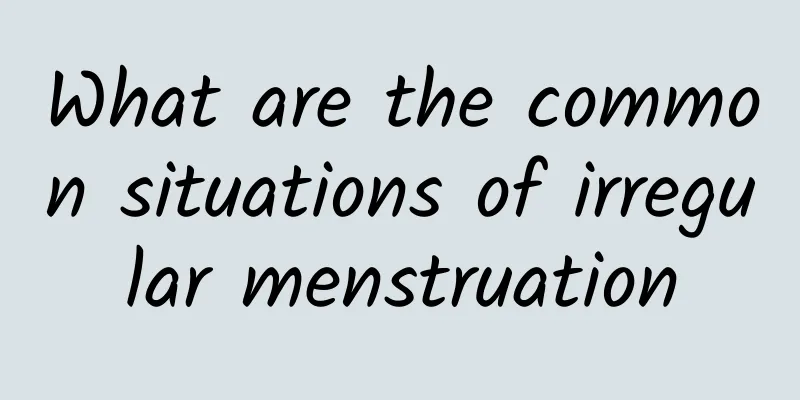How to treat intrauterine adhesions after cesarean section
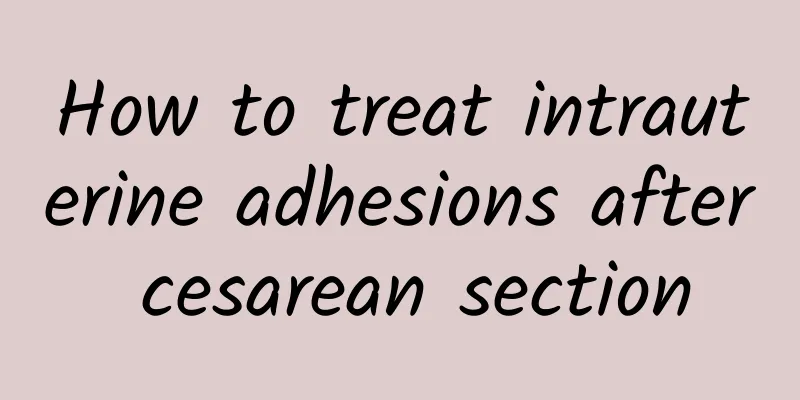
|
The best treatment for intrauterine adhesions after cesarean section is surgical separation of adhesions combined with postoperative comprehensive therapy, such as medication, physical therapy or assisted reproductive technology, to promote uterine cavity repair and functional recovery. Intrauterine adhesions after cesarean section are mostly caused by postpartum infection, incomplete placental removal or abnormal healing of uterine wounds. Surgical separation is the main treatment method, and hysteroscopic surgery is recommended, which can accurately and directly separate adhesions and protect normal uterine cavity tissue. Mild adhesions can be separated by simple hysteroscopy, and moderate adhesions and above are recommended to be combined with uterine stents or intrauterine cavity fillers to prevent re-adhesion. Hormonal drugs (such as estrogen + progesterone regimen) are required after surgery to promote endometrial repair, and antibiotics are used to prevent infection. Physical therapy such as red light irradiation and Bohm lamp can also assist in anti-inflammatory repair. For patients with severe intrauterine adhesions leading to oligomenorrhea and infertility, combined with assisted reproduction (such as artificial insemination, in vitro fertilization) can effectively increase the chance of fertility. Intrauterine adhesions after cesarean section are mostly caused by postpartum infection, incomplete placental removal or abnormal healing of uterine wounds. Surgical separation is the main treatment method, and hysteroscopic surgery is recommended, which can accurately and directly separate adhesions and protect normal uterine cavity tissue. Mild adhesions can be separated by simple hysteroscopy, and moderate adhesions and above are recommended to be combined with uterine stents or intrauterine cavity fillers to prevent re-adhesion. Hormonal drugs (such as estrogen + progesterone regimen) are required after surgery to promote endometrial repair, and antibiotics are used to prevent infection. Physical therapy such as red light irradiation and Bohm lamp can also assist in anti-inflammatory repair. For patients with severe intrauterine adhesions leading to oligomenorrhea and infertility, combined with assisted reproduction (such as artificial insemination, in vitro fertilization) can effectively increase the chance of fertility. After surgery, you need to take medications according to the doctor's instructions, have regular checkups, and avoid strenuous exercise and infection to ensure the treatment effect. It is recommended to eat a light diet, supplement more protein and vitamins to promote the recovery of the endometrium; pay attention to the menstrual cycle, and return for follow-up if abnormalities are found. If intrauterine adhesions are confirmed or suspected, seek medical attention in time to prevent the condition from worsening and affecting reproductive function. |
<<: Can I drink coconut water if I have ovarian cyst?
>>: Nursing after cone resection of cervical hypertrophy
Recommend
What foods are good for endometriosis?
Diet can make or break your health, so we must be...
After exercise, uterine fibroids disappeared
It is not entirely accurate to say that uterine f...
Gua Sha is economical and effective in treating amenorrhea
[Introduction] Amenorrhea is a common symptom in ...
Can people with anemia and uterine fibroids drink Qi-invigorating and blood-nourishing oral liquid?
Can people with anemia and uterine fibroids drink...
How long does it take for a child's abdominal lymphadenitis to get better?
It usually takes 1 to 4 weeks for children to rec...
How much does it cost to check for uterine effusion?
Uterine effusion is a common disease among women....
The tug-of-war between cherishing things and health! Can I still eat expired food?
Modern people have easy access to food, and many ...
Will young people die from cervical warts?
Whether cervical warts are life-threatening depen...
How much does ovarian cyst cost?
How much does ovarian cyst treatment cost? For wo...
How to treat hydatidiform mole with chemotherapy
A molar pregnancy is a unique complication of pre...
Adnexitis can first be seen with lower abdominal pain
The first thing you can see with adnexitis is low...
What to eat for breakfast after uterine fibroid surgery What to eat for breakfast after uterine fibroid surgery
Uterine fibroid surgery is a common treatment for...
Diet therapy to prevent menopausal syndrome
Menopausal syndrome is actually a series of menta...
What should women eat for irregular menstruation? Eating more of this food can improve irregular menstruation
Chinese herbal books record that loofah is mild i...
Several causes of dysmenorrhea introduced by experts
The cause of dysmenorrhea is one of the topics th...

